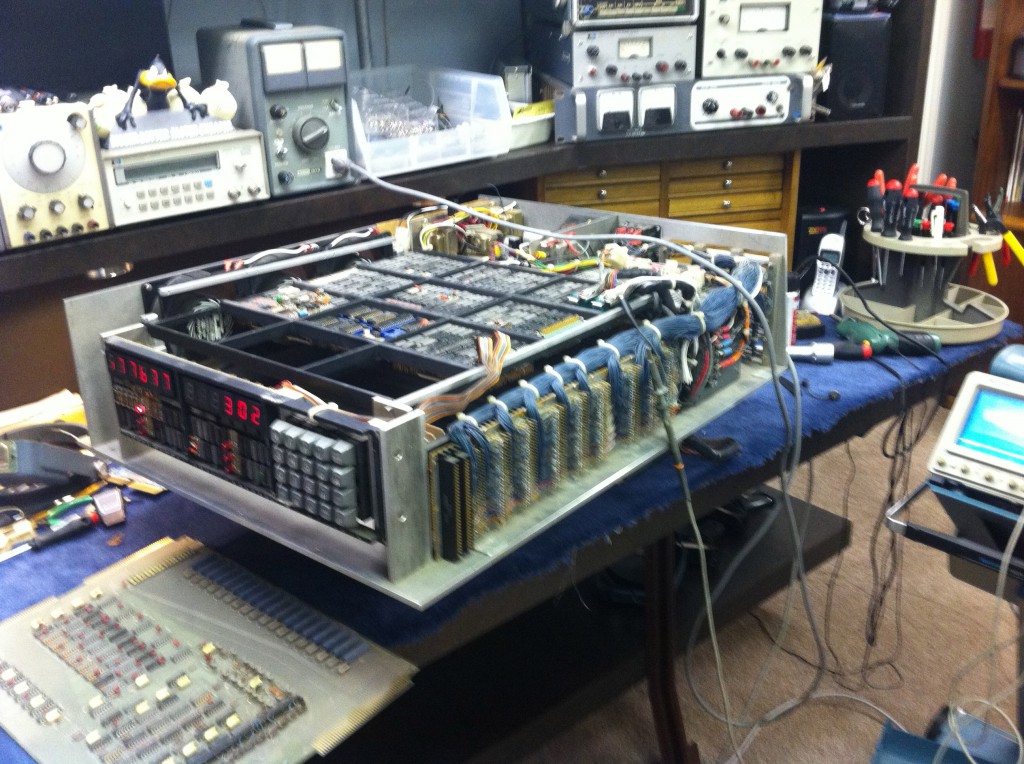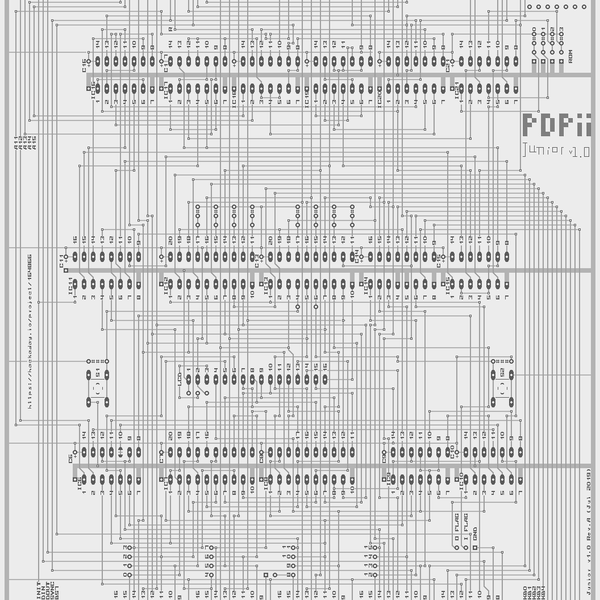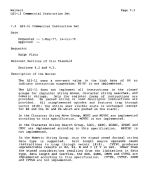theor
New Member
alphaaxp, you should get in touch with Raphael Jaquot; he's recreating the 11/70 boards from the schematics and documentation. I'm not sure if he's making good progress lately, but I've seen at least one board with my own eyes.

 gitlab.com
gitlab.com
The CPU is what you really want. The missing devices, including memory, can either be emulated with a Unibone, or you can find some compatibles boards on eBay (get at least a DL11). Another option for memory would be to re-implement it with modern ICs such as static RAM with a bit of glue logic, provided you get the timing right. You don't need the front panel; a Unibone can emulate an M9301.
As someone mentioned, the backplane will be more annoying. Best is to purchase new connectors from Douglas Electronics, and make a four layers PCB from the backplane schematics. Don't bother wrapping, DEC only did so because of the lack of four layers back in the days. The BA11-K box will also be annoying to re-create but I assume any 19" rack could be adapted.


Raphael Jacquot / PDP-11-70 replica · GitLab
Project to rebuild boards for a PDP-11/70 computer. Boards should be 100% compatible with the original, and offer a way to use more modern components.
The CPU is what you really want. The missing devices, including memory, can either be emulated with a Unibone, or you can find some compatibles boards on eBay (get at least a DL11). Another option for memory would be to re-implement it with modern ICs such as static RAM with a bit of glue logic, provided you get the timing right. You don't need the front panel; a Unibone can emulate an M9301.
As someone mentioned, the backplane will be more annoying. Best is to purchase new connectors from Douglas Electronics, and make a four layers PCB from the backplane schematics. Don't bother wrapping, DEC only did so because of the lack of four layers back in the days. The BA11-K box will also be annoying to re-create but I assume any 19" rack could be adapted.

Last edited:




